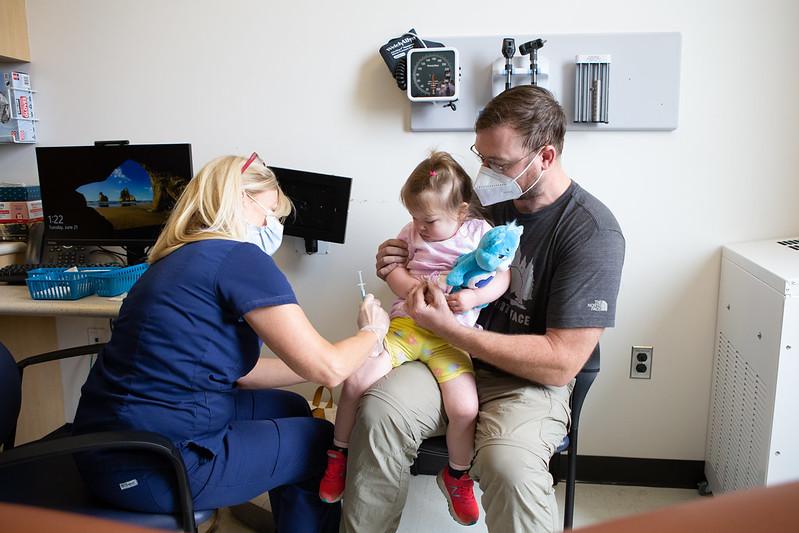A study of 1,037,936 US children seen in 17 healthcare systems across the country shows that COVID-19 vaccines are moderately protective against long COVID: 35% to 45%, with higher rates in adolescents. The study was published today in Pediatrics.
The researchers estimated vaccine effectiveness (VE) against long COVID in children aged 5 to 17 years. Though severe COVID-19 cases are less common in children than in adults, persistent symptoms in children do occur.
"It is difficult to establish how much this results from differential reporting of symptoms at different ages, greater difficulty distinguishing long COVID from other childhood illnesses or effects of the pandemic (eg, disruption of seasonal viral patterns, or of school progress," the authors wrote.
This is the first known study to investigate if vaccination protects children from long COVID, a question that has been asked of adults, with mostly positive results.
Long-COVID incidence as high as 4.5% after COVID-19
In today's study, the researchers assessed electronic health records to establish both vaccination status of children and long-COVID diagnosis, defined as two or more visits with diagnosis codes specific for long COVID.
The study included two groups: 480,298 children ages 5 to 11, and 557,638 children ages 12 to 17. Overall, 67% received at least 1 SARS-CoV-2 vaccine, and 88% of vaccinated children received 2 or more doses.
Girls, increasing age, and being Asian were associated with COVID-19 vaccination.
According to the authors, the prevalence of probable long COVID was 0.3% in the cohort overall—but that included those who hadn't had COVID-19 previously. For children with COVID-19 after cohort entry, they said, the prevalence of diagnosed long COVID was 0.8%, and adding probable cases raised the prevalence of long COVID to 4.5%.
VE 35% to 45% against long COVID
In total, for children who were vaccinated and had no history of SARS-CoV-2 infection, VE was 35% (95% confidence interval [CI], 25% to 45%) against long COVID. VE increased to 45% (95% CI, 35% to 53%) against probable long COVID within 12 months for children with two confirmed vaccine doses.
VE was highest for adolescents, at 56%.
We observed higher VE against long COVID within 6 months of vaccination than 12 months.
"The protective effect of vaccination appeared to wane over time. We observed higher VE against long COVID within 6 months of vaccination than 12 months, whereas extending the observation period to 18 months revealed a further diminution," the authors said.




















